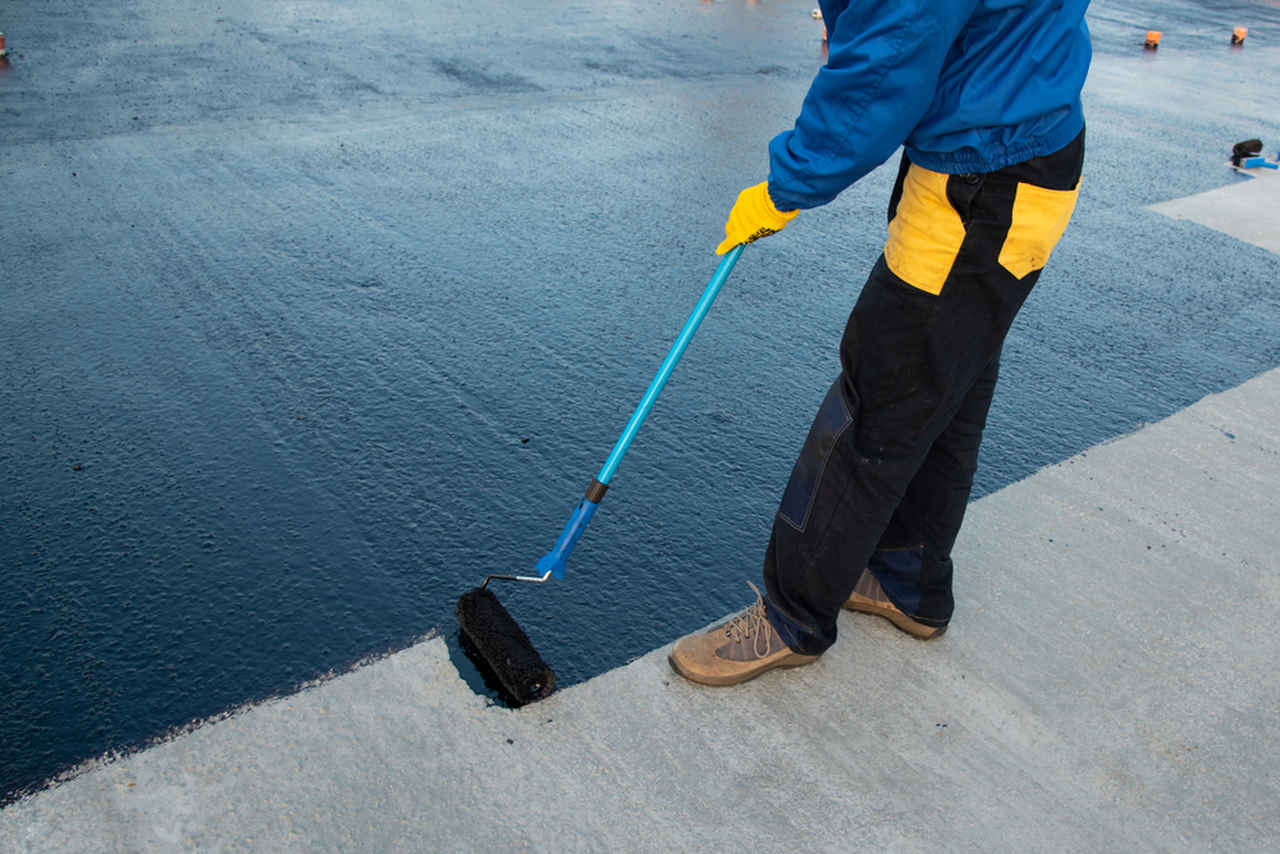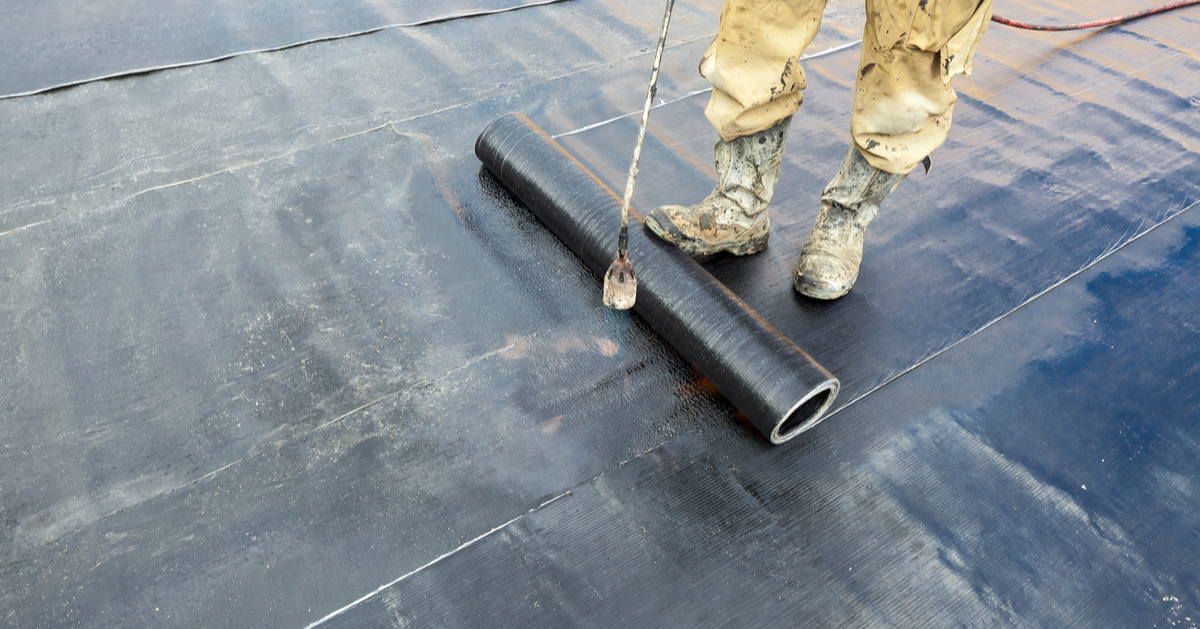Sorts of Waterproofing: Checking Out the Numerous Methods and Their Applications
Waterproofing is an essential aspect of building and construction and maintenance. It shields structures from the damaging impacts of water damages. There are several techniques readily available, each with its one-of-a-kind applications and benefits. From membrane systems to cementitious remedies, recognizing these options is essential for reliable application. The option of waterproofing method can substantially impact toughness and durability. Discovering these different methods discloses their distinct advantages and possible challenges, triggering additional factor to consider of ideal services.
Membrane Layer Waterproofing Equipments
Membrane layer waterproofing systems act as a vital obstacle versus water intrusion in various structures. These systems normally are composed of slim sheets made from products like rubber, polycarbonate, or bitumen, which are applied to surfaces to avoid moisture penetration. They can be installed above or below quality and are especially effective in areas vulnerable to high water direct exposure, such as cellars, roofs, and foundations.The installment procedure entails cleansing the substratum, using adhesives or primers, and exactly fitting the membrane to guarantee complete coverage. Membrane layer systems can be either totally stuck, mechanically connected, or laid loose, relying on the details needs of the task. They supply durability and flexibility, fitting structural activities without endangering their waterproofing abilities. These systems can be strengthened with extra layers for enhanced defense. Ultimately, membrane waterproofing systems are essential for safeguarding frameworks against water damages and preserving long-lasting integrity.
Liquid-Applied Waterproofing Coatings
Liquid-applied waterproofing coatings give a flexible service for securing surface areas from water infiltration - Foundation waterproofing Omaha. These coverings contain fluid materials that, when used, develop a smooth, versatile membrane. Their flexibility permits application on numerous substrates, consisting of concrete, metal, and timber. The layers can be utilized in varied environments, from household to industrial setups, making them appropriate for roofs, structures, and below-grade structures.One significant benefit of liquid-applied coverings is their ability to adhere to uneven shapes and permeate splits, developing a durable obstacle versus wetness. They commonly exhibit excellent bond properties and resistance to UV radiation, ensuring longevity and resilience. Additionally, the application process is commonly straightforward, enabling quick setup and decreased labor expenses. This approach additionally minimizes the risk of water pooling, as the continuous layer properly directs water away from prone locations. In general, liquid-applied waterproofing coatings are a reliable choice for comprehensive water security
Cementitious Waterproofing Solutions

Cementitious waterproofing solutions offer a durable choice for structures calling for reputable dampness security. These systems largely utilize a mix of cement, sand, and chemical ingredients to develop a water resistant obstacle. They are typically applied to surfaces such as concrete wall surfaces, structures, and floorings, supplying a sturdy, lasting defense versus water intrusion.One of the crucial my site advantages of cementitious waterproofing is its ease of application; it can be used making use of a brush, roller, or spray, making it ideal for various project sizes. Furthermore, this technique is suitable with several surface areas and can commonly be used in combination with other waterproofing techniques.Cementitious services are specifically effective in settings where water direct exposure is a problem, such as basements or below-grade frameworks. Their exceptional adhesion residential or commercial properties ensure that they bond well with substratums, supplying a strong and nonporous layer versus wetness penetration.
Bentonite Waterproofing
Bentonite waterproofing is a highly effective technique that uses salt bentonite clay to create an all-natural barrier against water. This technique makes use of the one-of-a-kind residential or commercial properties of bentonite, which increases upon call with water, sealing any prospective leakages and stopping dampness seepage. It is generally made use of in different applications, consisting of structure walls, passages, and maintaining wall surfaces, where water resistance is essential.Bentonite can be applied in several kinds, such as panels or coverings, offering versatility in installation. Its capability to self-seal makes it an appealing choice click here to find out more for locations based on moving soil or changing water degrees. In addition, bentonite waterproofing is environmentally pleasant, as it is an all-natural product that does not present dangerous chemicals right into the surroundings.
Water Drainage and External Waterproofing Solutions
Efficient waterproofing typically entails a mix of methods, consisting of water drainage and outside systems. Drainage systems, such as French drains and sump pumps, are made to redirect water away from frameworks, reducing hydrostatic pressure against foundations. These systems are crucial in avoiding water build-up that can cause structural damages and mold growth.External waterproofing, on the various other hand, includes applying protective obstacles to the building's outside. Methods such as the setup of water-proof membrane layers, layers, or sealers can help protect against water seepage. This technique not only protects the foundation however additionally improves the total resilience of the structure.Together, drain and outside waterproofing systems form a comprehensive option to handle water successfully. By carrying out these strategies, homeowner can guard their financial investments against the destructive impacts of moisture, making sure long-term security and safety for their buildings.
Frequently Asked Inquiries
Just how Do I Pick the Right Waterproofing Approach for My Job?
Selecting the ideal waterproofing approach depends upon variables such as task kind, environmental conditions, budget plan, and preferred durability. Reviewing these elements enables notified decisions tailored to details needs and demands.

Can Waterproofing Be Applied in Cold Weather Condition Conditions?
Waterproofing can be used in cool weather condition conditions, but it needs specific products and techniques. Cold temperature levels might affect healing times and attachment, requiring cautious choice of items created for low-temperature application.
What Are the Typical Indicators of Waterproofing Failing?
Common indications of waterproofing failure include visible water stains, peeling off paint, damp odors, mold development, and splits in wall surfaces or structures. Foundation waterproofing Omaha. These indications recommend that moisture is penetrating the obstacle, endangering its performance
For How Long Does Waterproofing Last Prior To Requiring Upkeep?
The longevity of waterproofing differs, generally lasting in between 5 to 10 years. Aspects such as material top quality, environmental problems, and maintenance methods affect its toughness, requiring routine examinations to assure efficient security versus water intrusion.
Are There Eco-Friendly Waterproofing Options Available?
The inquiry of green waterproofing choices exposes a growing passion in lasting products (Landscape drainage Omaha). Numerous natural compounds, such as plant-based sealers and recycled items, supply efficient options while decreasing environmental effect, interesting more info here ecologically conscious consumers